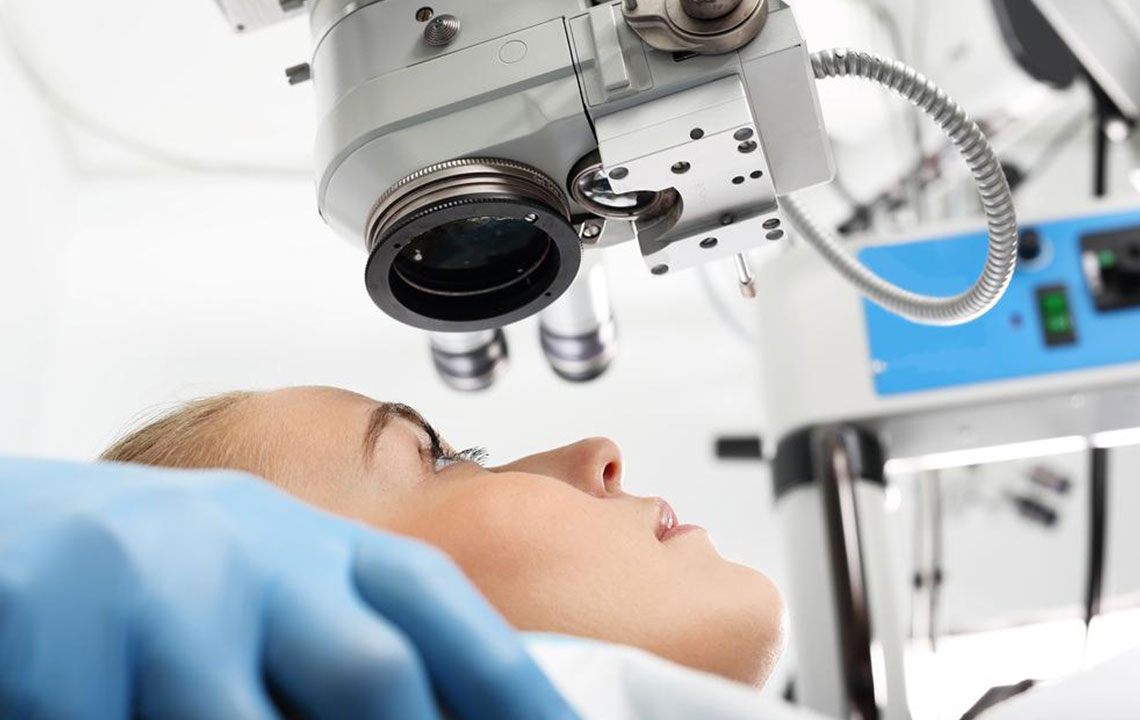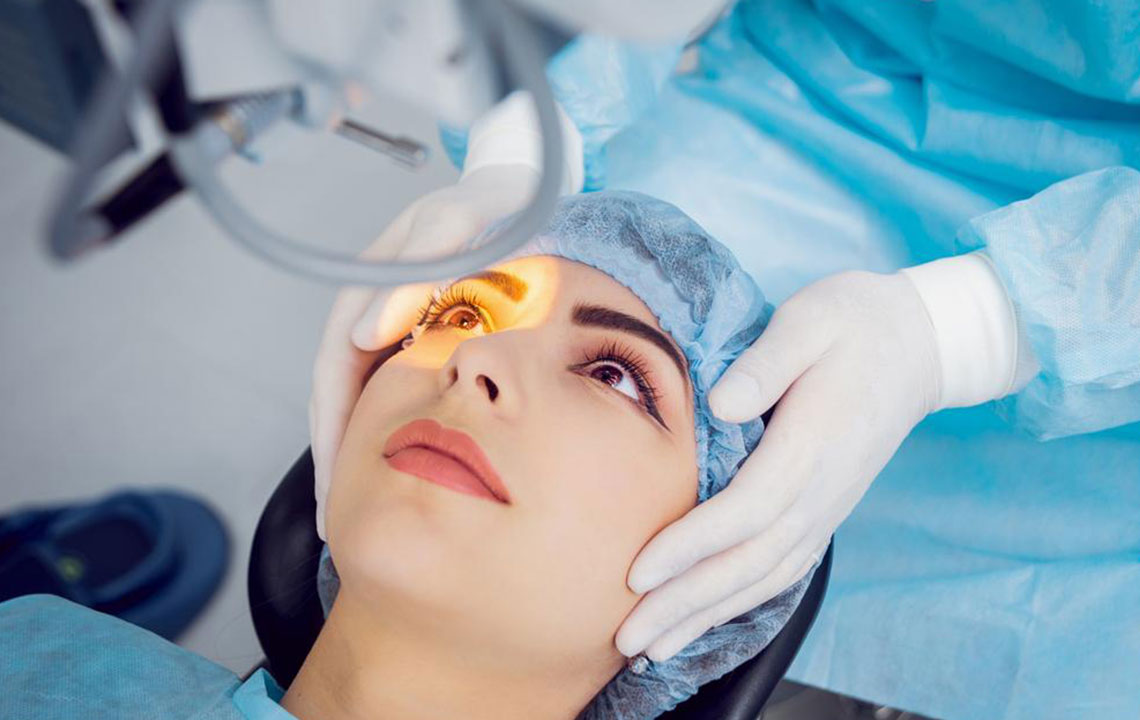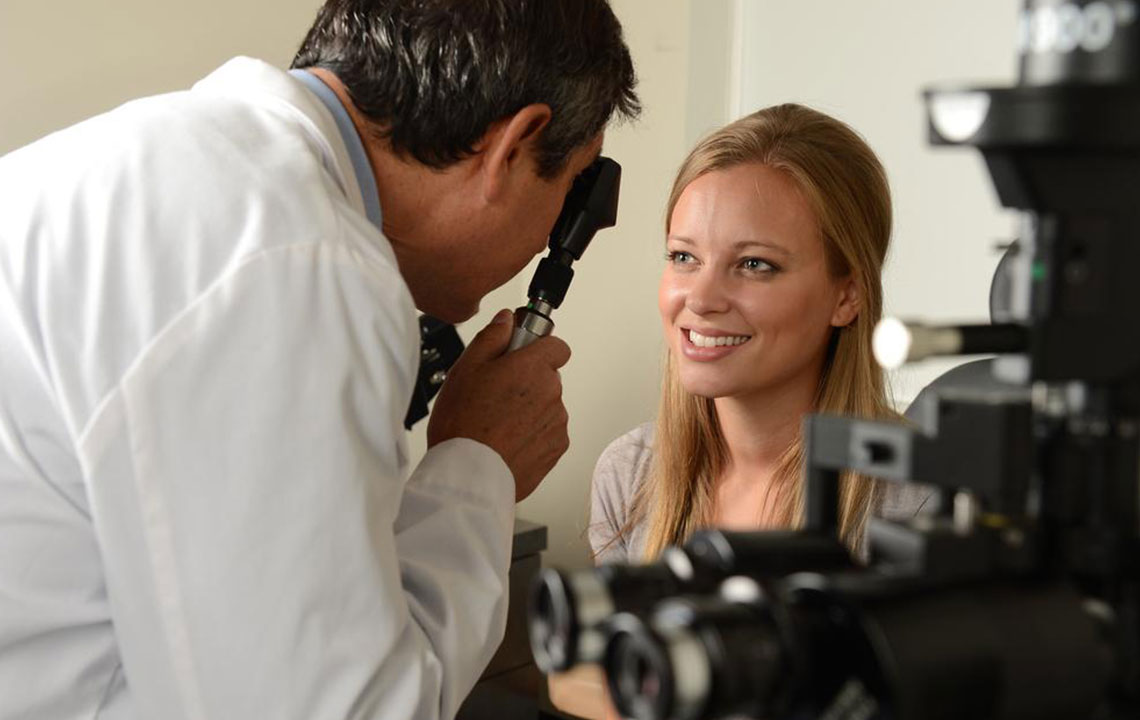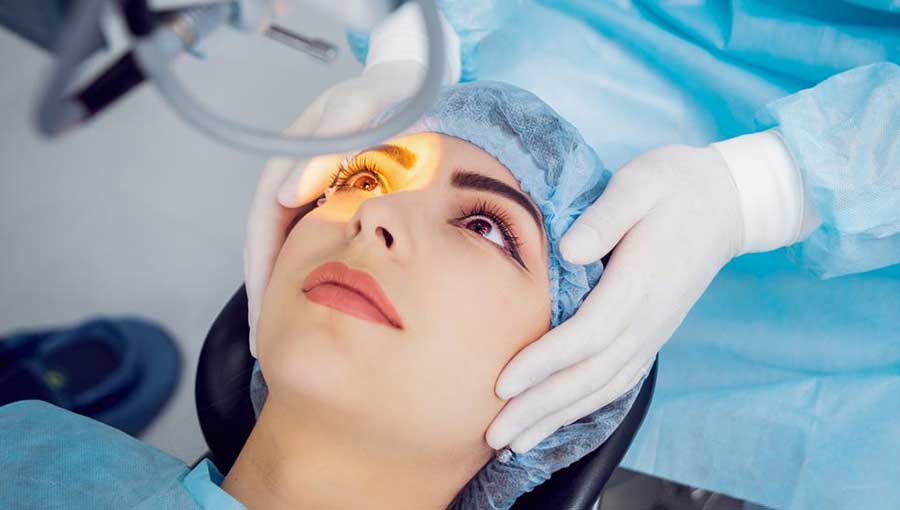Complete Guide to Cataract Surgery Costs and How to Manage Them
This comprehensive guide details the costs associated with cataract surgery, including factors influencing expenses, insurance coverage, and ways to save. It emphasizes the importance of timely treatment and provides practical tips for managing costs without sacrificing quality, helping patients make informed decisions about their eye health and financial planning.
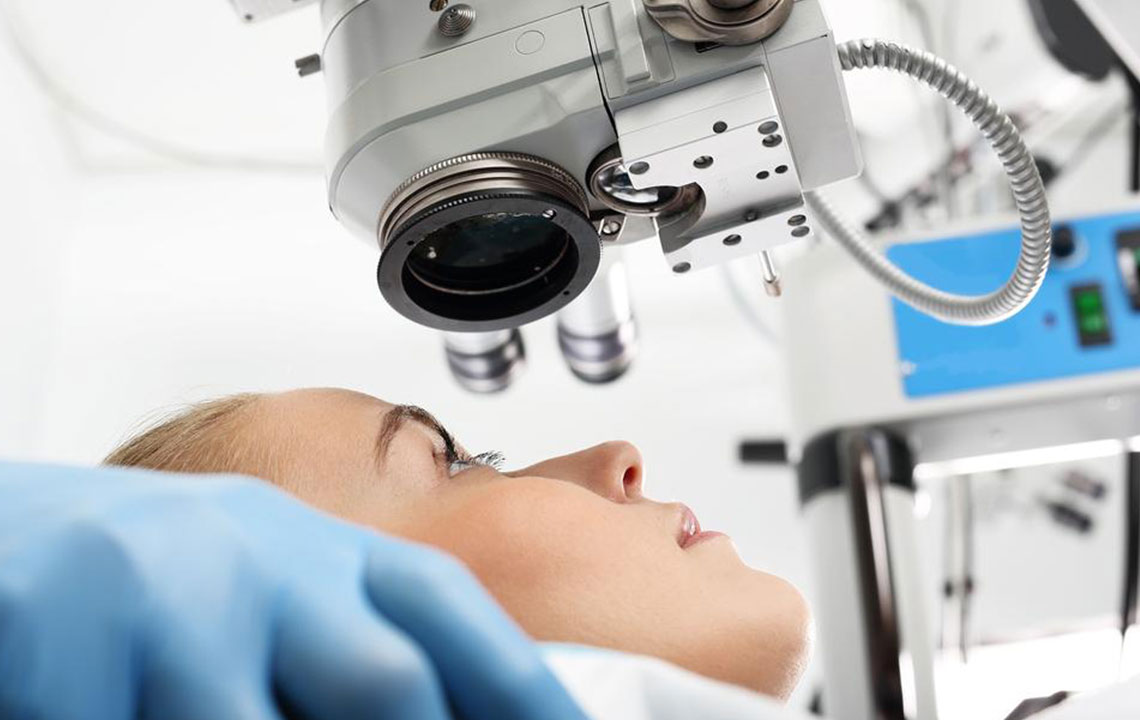
Comprehensive Overview of Cataract Surgery Expenses
Developing a clear understanding of cataract surgery costs is essential for patients considering the procedure. Cataracts, which are characterized by the clouding of the eye's natural lens, can significantly impair vision and quality of life if left untreated. The process involves various factors that influence the overall expense, including the type of surgery, the choice of lenses, diagnostic assessments, and post-operative care. This detailed guide aims to shed light on the typical costs associated with cataract surgery, ways to manage financial aspects effectively, and how to ensure optimal eye health during the process.
What Are Cataracts and How Do They Develop?
A cataract is a common eye condition that occurs when the natural lens of the eye becomes opaque or cloudy, leading to decreased vision. The lens, situated behind the iris, is crucial for focusing light onto the retina, enabling clear vision. Typically, the lens remains transparent due to a delicate balance of proteins arranged in an ordered structure. Over time, especially with aging, these proteins tend to clump together, causing the lens to become cloudy. Factors contributing to cataract formation include genetic predisposition, prolonged exposure to ultraviolet light, smoking, diabetes, and certain medications.
Symptoms and Risks of Untreated Cataracts
Early signs of cataracts often include slight blurriness, difficulty seeing at night, sensitivity to bright lights, and dull or faded color perception. As the condition progresses, these symptoms intensify, making daily activities like reading, driving, or recognizing faces increasingly challenging. If left untreated, cataracts can lead to significant vision impairment, or even blindness, underscoring the importance of timely intervention. Modern surgical techniques offer high success rates in restoring vision, making surgery a common and effective treatment option.
When Is Cataract Surgery Recommended?
Most patients opt for surgery when cataracts interfere with their daily routines or diminish their quality of life. Typical indications include increased difficulty reading, driving, or recognizing faces, as well as significant visual impairment that cannot be corrected with glasses or medication. An ophthalmologist conducts comprehensive eye exams to determine the stage of the cataract and recommend the most suitable surgical approach.
Surgical Techniques and Their Cost Implications
There are primarily two types of surgical procedures for cataract removal: phacoemulsification and extracapsular cataract extraction. Phacoemulsification, the most commonly performed method, involves breaking up the cloudy lens with ultrasound waves and aspirating it out through a small incision. This technique is minimally invasive, results in faster recovery, and often includes the implantation of an intraocular lens (IOL). The extracapsular approach, used in more advanced cases, involves a larger incision and removal of the entire lens before implanting an IOL.
Additional costs may include premium lenses with special features, such as multifocal or toric IOLs, to reduce dependence on glasses post-surgery. The choice of lens significantly influences the overall cost, with premium options more expensive than standard monofocal lenses.
Understanding the Costs of Cataract Surgery
The average expense for cataract surgery in the United States amounts to approximately $5,080. This figure covers consultations, preoperative assessments, the surgical procedure itself, and postoperative care. However, actual costs can vary based on geographic location, surgeon experience, facility fees, and the specific type of lenses used.
Some key components of the total cost include:
Preoperative assessment: Eye examinations and diagnostic tests to evaluate the cataract and plan surgery.
Surgical procedure: The operation performed by an ophthalmologist, including anesthesia.
Implantation of intraocular lens (IOL): Standard versus premium lenses.
Postoperative care: Follow-up visits and medications to ensure proper healing.
Insurance and Payment Options
Many health insurance plans, including Medicare in the U.S., cover a significant portion of cataract surgery costs, typically around 80-90%. However, coverage specifics vary across providers and plans. Patients should review their insurance policies to understand what expenses are covered and what might be out-of-pocket. Additional costs may arise for premium lenses, advanced surgical procedures, or specialized diagnostics.
For those with high deductibles or limited coverage, health savings accounts (HSAs) and flexible spending accounts (FSAs) can be valuable resources. These accounts allow pre-tax funds to be used toward medical expenses, including cataract surgery, reducing overall financial burden.
Comparing prices among different surgeons and facilities is also advisable. Some centers offer package deals that include preoperative assessments, surgery, and postoperative care, helping patients better estimate and control costs.
Minimizing Costs Without Compromising Quality
Patients seeking affordable cataract surgery should consider the following strategies:
Consult multiple providers to compare prices and services.
Opt for standard monofocal lenses unless premium options are necessary.
Use insurance, HSA, or FSA accounts to offset expenses.
Investigate government or community health programs that offer subsidized care.
Ensure chosen surgeon is experienced and qualified to reduce complication risks and future expenses.
The Importance of Timely Treatment and Regular Eye Exams
Early diagnosis and timely surgical intervention are essential for preserving vision and preventing further deterioration. Regular eye examinations, especially for older adults and high-risk groups, can detect cataracts in their early stages. Maintaining eye health through proper nutrition, UV protection, and managing health conditions like diabetes can also delay cataract progression.
Conclusion
Cataract surgery is a widely performed and highly effective procedure that can significantly improve vision and quality of life. Understanding the costs involved and exploring options for financial assistance can help patients make informed decisions. By choosing reputable providers, leveraging insurance and savings accounts, and scheduling timely interventions, individuals can effectively manage cataract-related expenses while ensuring optimal eye health.
